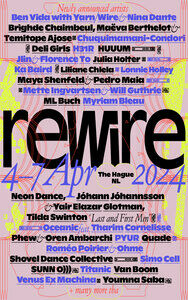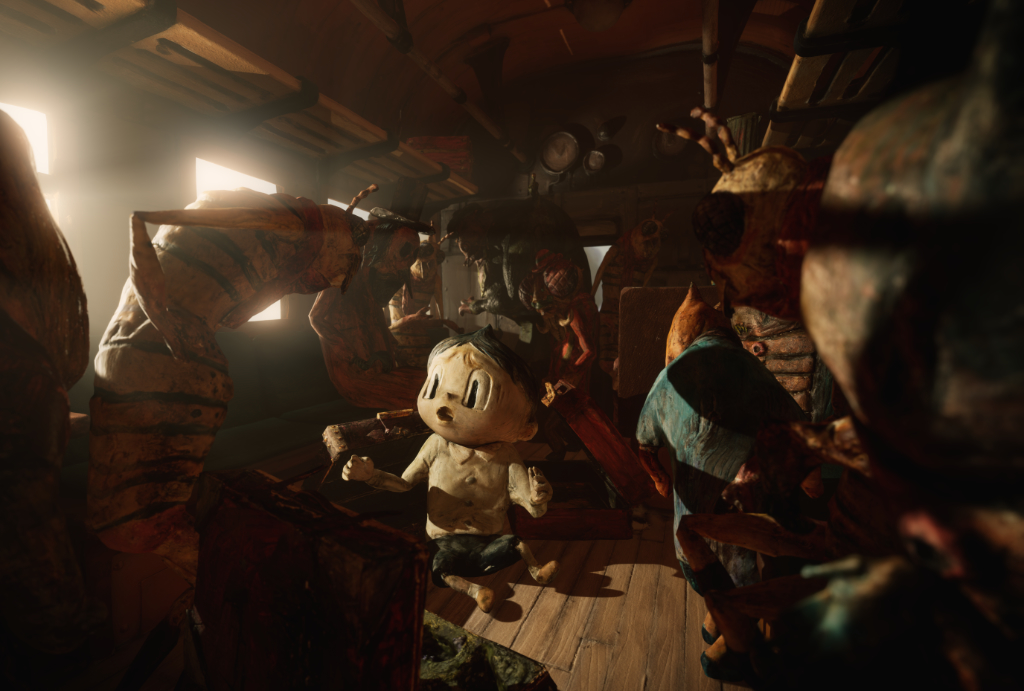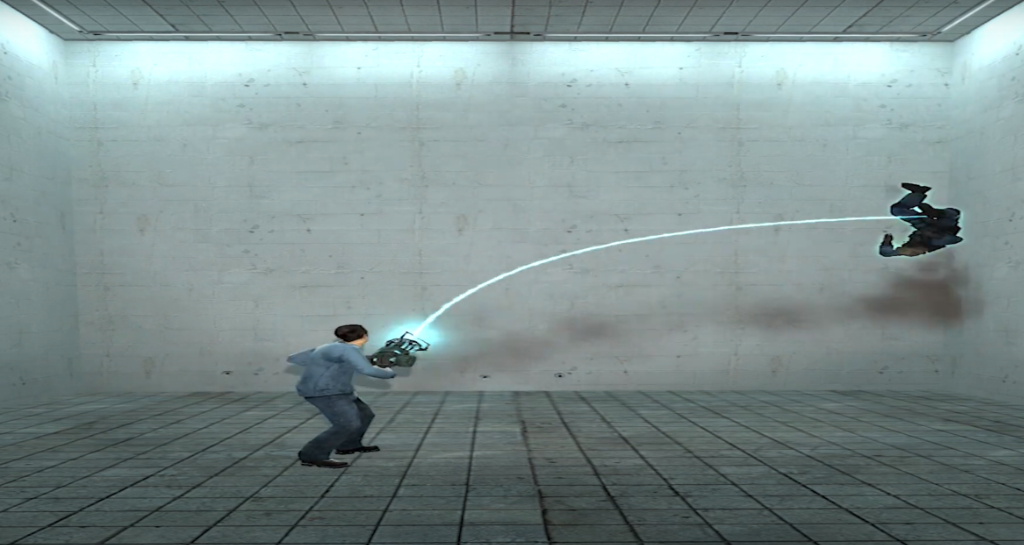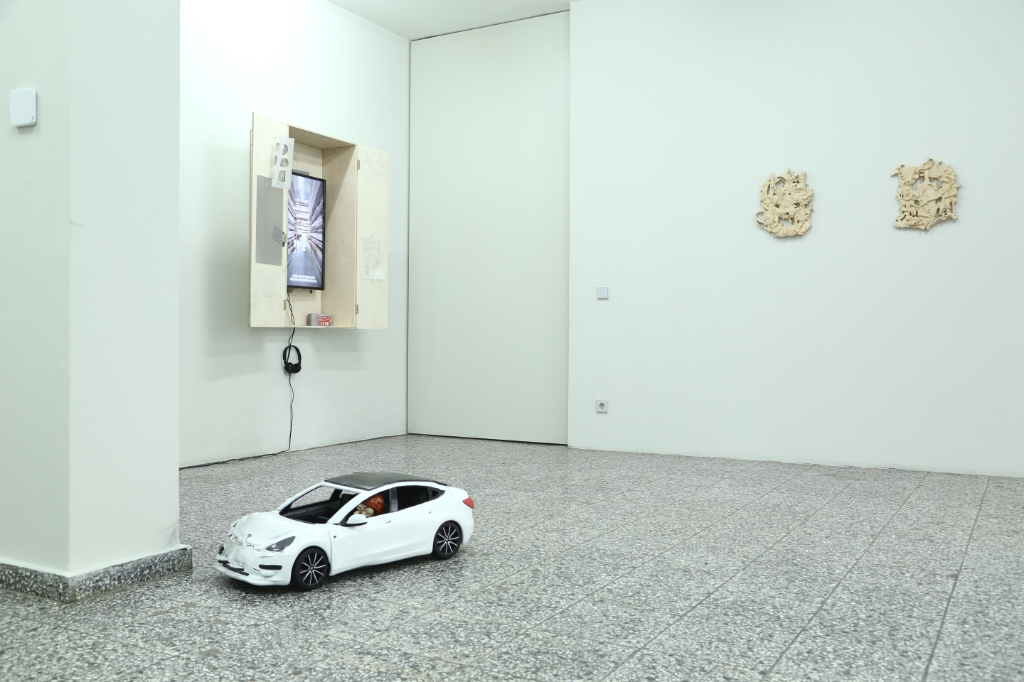Interview by Allan Gardner

K Á R Y Y N is an LA-based visual composer producing music with an intense physicality influenced by the aesthetics of her environment. The Syrian-Armenian-American composer/producer was born in Alabama and raised in Indiana but maintained strong links with her Syrian heritage throughout her childhood, often returning to the city of Aleppo in the summers.
Her compositions react to her surroundings in different ways, with K Á R Y Y N often acting as a conduit through which experiences and environments are processed and reimagined as music. The approach taken to producing music is synaesthesiastic, with an emphasis put on translation – translation of experience, texture, colour or emotion and amalgamating the different qualities of these sensory reactions as audio. This extents to music as a way of travel, moving through memories and imagined trajectories with sound.
Her work is characterised by heavily layered vocals, modulated and synthesised to work as instruments – sonically different but sharing compositional characteristics with artists like Grouper or Kaitlyn Aurelia Smith. This manipulation of vocals lends her works a strong sense of personality, putting the composer at the centre of the tracks and giving space to the content processed through the voice and lyrics.
This comes alongside fractured synths, samples and drum machines as tools switching fluidly between the sculpture of sonic environments and the production of pure contemporary pop songs. This is one unique aspect of K Á R Y Y N’s work. Often compared to the likes of FKA Twigs, or maybe even Holly Herndon for her more textural compositions, there’s a deeper adherence to contemporary pop structures in her music.
Tracks like Yajna, opening with gritty rumbling synths giving way to pads and occasional sub kicks evolves into something much closer to pure pop over its six-minute-plus duration. Not a million miles away from a more abstract Robyn or moody Charli XCX. This is an important point to make with regard to the accessibility of the ideas or processes present in the productions – creating a point of entry through pop structures or the presence of what is easily recognised as being related to contemporary pop music gives the listener the capacity to be exposed to experimental music or modes of production in a way that is less sympathetic to their existing experiential relationship to pop music.
The unique approach taken to the production of music has led to a number of high-profile collaborations for K Á R Y Y N, including studying under Marina Abramovich and working with American director Samantha Shay on a multimedia project called Of Light, which was performed in Reykjavik in 2017 and received praise from Bjork in a Guardian interview from the same year.
K Á R Y Y N’s approach to production couple with a unique position between experimental composition and pop provides a listening experience that invites many comparisons but few direct peers. The Quanta Series of recordings is a varied introduction to the extensive library of techniques and experiences employed in K Á R Y Y N’s work and is available now through Mute.
You’ve defined yourself as a visual composer, and your music has a strong physicality; could you expand on that? How’s your creative and intellectual process when composing?
Yes, I am highly influenced by visual art and architecture. I see the sounds I hear. It is difficult for me to expand any further. Could I make you a sound to convey? (She smiles.) I leave intellect behind when I compose. It’s all feeling.
THE QUANTA SERIES, your debut album, was written and recorded over a seven-year period and tracked your movements across continents on a voyage of self-examination, understanding and coping with loss and grief. What were the biggest challenges for its production over all these years?
My biggest challenge was overcoming the fear of sharing myself in the public sphere. Genuinely.
Your work orbits between the metaphysical/spiritual and technological. How do you convey both?
I use technology to create and transcribe the music I see and feel. I am a person who is concerned with the soul and metaphysical concepts. Because I am the one who makes the work, these ideas co-exist and are inherently in my work energetically.
Student of Pauline Oliveros, you’ve also worked with/for Marina Abramovic. What is it like to share professional and artistic experiences with artists of this calibre? What were the main “learnings”?
It’s been an honour to have had some of these opportunities. I am genuinely inspired and dedicated to the art of expressing myself, and have spent many years honing my craft. These experiences taught me that I am no different than the people I work alongside, learn from, and am recognised by. We all are passionately ourselves, wildly inspired, expressing our unique perspectives.
You’ve recently collaborated with Young Paint, an AI designed and programmed by producer Darren J Cunningham. What was your experience like? Do you see AI more as a tool or a creator?
In this instance, AI was a tool. I took the sounds that YP made, edited bits and then wrote and produced the song. Unfortunately, I don’t know enough yet to have an opinion to add to the dialogue around AI. I’ll get back to you on this in the future.
Forensic audio investigations (i.e., the work of Lawrence Abu Hamdan) brought about by Forensics Architecture is a radical and new take on sound art that resonates quite closely with your work. Did you use any field recordings for your album? And could you see yourself bringing your art to these territories?
Wow, I really want to look into this! Sounds fascinating. When I studied at Mills College, I did a lot of field recordings. In fact, the first recordings I ever made were field recordings as a child. However, THE QUANTA SERIES are free of them.
I definitely see myself expanding my approach to making music and expanding the tools I use to compose. Atm, I’m interested in ovens. Did you know that ovens all make different humming sounds? I also have an idea to have a washing machine orchestra. I’m inspired by mechanical noises.
What’s your chief enemy of creativity?
Fear.
You couldn’t live without…
Earplugs!











